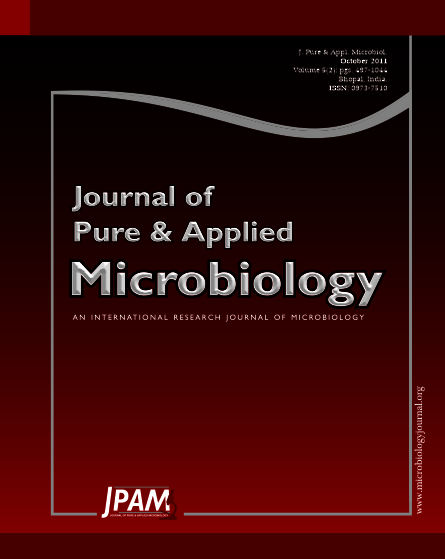The aim of the study was to determine food processing hygiene quality of Kasar (a mild, pale yellow cheese made of sheep´s milk) cheese primary school canteens. Detection of Escherichia coli with Compact Dry method in raw Kasar cheese in Ankara, Turkey. Compact Dry E. coli coliform count (EC) is a ready-to-use test method for the enumeration of Escherichia coli and coliform bacteria in food. Two pieces (min 50 gr) of kasar cheese samples were handled as food handlers at same conditions at school canteens. Twenty five gram of minced samples were diluted and homogenized with 125 ml of sterilized distil water. After waiting for 30 minutes 1mL diluted sample inoculated onto center of the self-diffusible medium. Twenty eight percent of kasar cheese was graded as unacceptable and potential hazardous because of presence of numbers of E.coli colonies. According to this study it was shown that Compact Dry method is a rapid and safe technique for determining E.coli at food stuff. As a result of this study show that presence of pathogenic microorganisms in raw kasar cheese can be related to processing conditions (to make sandwich or toast) at school canteens and occurrence of food borne illnesses at primary schools.
School Canteen, Food Poisoning, Compact Dry Method, Kasar cheese
© The Author(s) 2011. Open Access. This article is distributed under the terms of the Creative Commons Attribution 4.0 International License which permits unrestricted use, sharing, distribution, and reproduction in any medium, provided you give appropriate credit to the original author(s) and the source, provide a link to the Creative Commons license, and indicate if changes were made.


